<h2>Why Temperature Control Matters for Mobility Equipment</h2>
<p>For individuals who rely on mobility equipment, proper storage is about more than just finding space – it’s about preserving the functionality and longevity of essential medical devices. Temperature fluctuations can affect battery life, electronic components, and mechanical parts, making climate-controlled storage a crucial consideration for mobility equipment care.</p>
<h2>Essential Temperature Control Guidelines</h2>
<p>When storing mobility equipment, maintaining consistent temperature and humidity levels is vital:</p>
<ul>
<li>Keep temperatures between 60-75°F (15-24°C)</li>
<li>Maintain humidity levels between 30-50%</li>
<li>Avoid exposure to extreme temperature changes</li>
<li>Protect from direct sunlight</li>
</ul>
<h2>Storage Preparation Checklist</h2>
<p>Before placing your mobility equipment in storage, complete these essential steps:</p>
<ul>
<li>Clean and sanitize all equipment thoroughly</li>
<li>Check and charge batteries if applicable</li>
<li>Test all mechanical components</li>
<li>Document current settings and configurations</li>
<li>Remove or protect any detachable parts</li>
</ul>
<h2>Organizing Your Storage Space</h2>
<p>Strategic organization ensures both protection and accessibility:</p>
<ul>
<li>Choose a ground-level unit for easy access</li>
<li>Create clear pathways between items</li>
<li>Use proper covers to protect from dust</li>
<li>Label all components clearly</li>
<li>Store instruction manuals with equipment</li>
</ul>
<h2>Special Considerations for Different Equipment Types</h2>
<h3>Power Wheelchairs and Scooters</h3>
<p>These devices require extra attention due to their electronic components:</p>
<ul>
<li>Disconnect and properly store batteries</li>
<li>Protect control panels from moisture</li>
<li>Engage wheel locks</li>
<li>Keep user manuals accessible</li>
</ul>
<h3>Manual Wheelchairs and Walkers</h3>
<p>While simpler in design, these still need proper care:</p>
<ul>
<li>Clean and dry thoroughly before storage</li>
<li>Fold if applicable to save space</li>
<li>Store off the ground if possible</li>
<li>Check for rust regularly</li>
</ul>
<h2>Regular Maintenance Schedule</h2>
<p>Implement these maintenance practices while in storage:</p>
<ul>
<li>Monthly equipment inspection</li>
<li>Battery charge check (if applicable)</li>
<li>Moving parts lubrication</li>
<li>Tire pressure verification</li>
<li>Cleaning and dust removal</li>
</ul>
<h2>Emergency Preparedness</h2>
<p>Keep these items readily available in your storage unit:</p>
<ul>
<li>Basic tool kit for quick repairs</li>
<li>Spare parts list and supplier contacts</li>
<li>Emergency contact information</li>
<li>Equipment manuals and documentation</li>
</ul>
<h2>Conclusion</h2>
<p>Proper storage of mobility equipment is essential for maintaining its functionality and extending its lifespan. With climate-controlled storage solutions and regular maintenance, you can ensure your mobility aids remain in optimal condition and ready for use when needed. Remember to consult with equipment manufacturers for specific storage requirements and always prioritize accessibility and safety in your storage setup.</p>





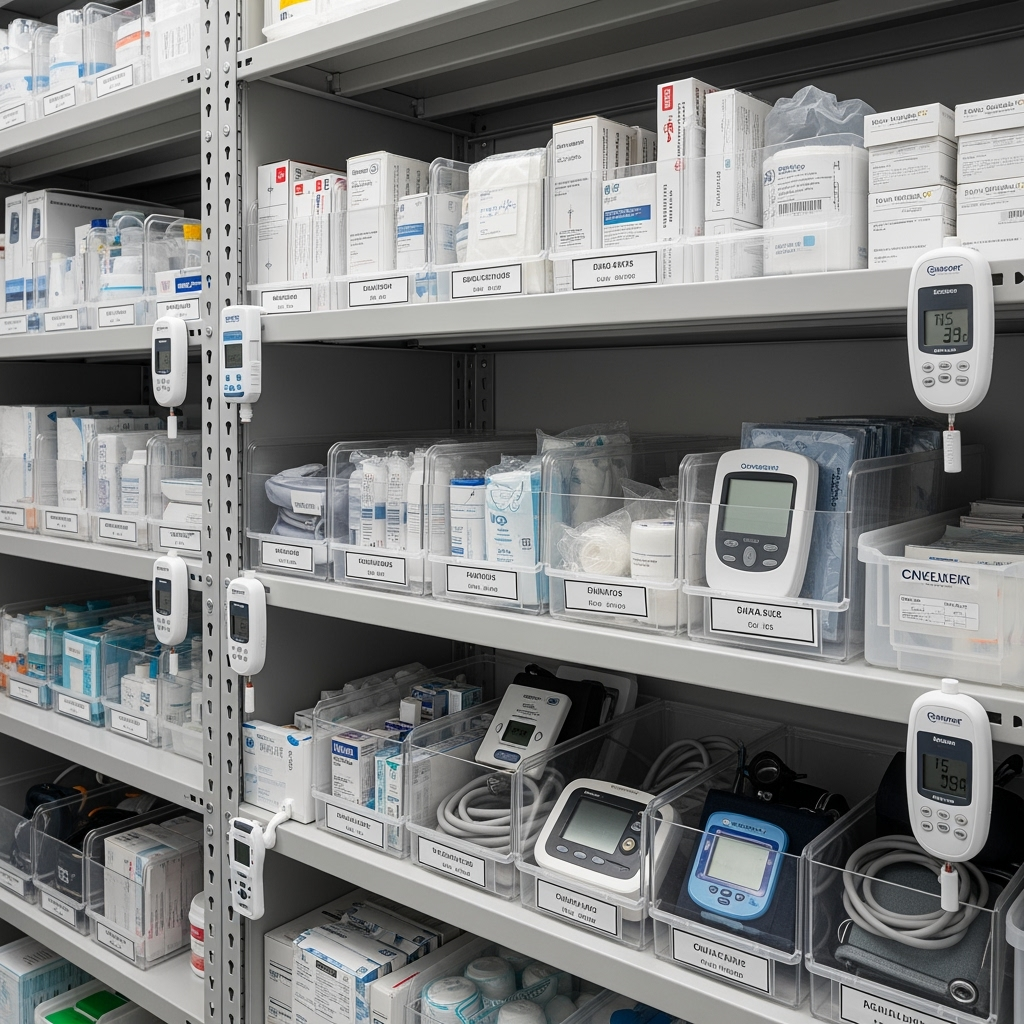
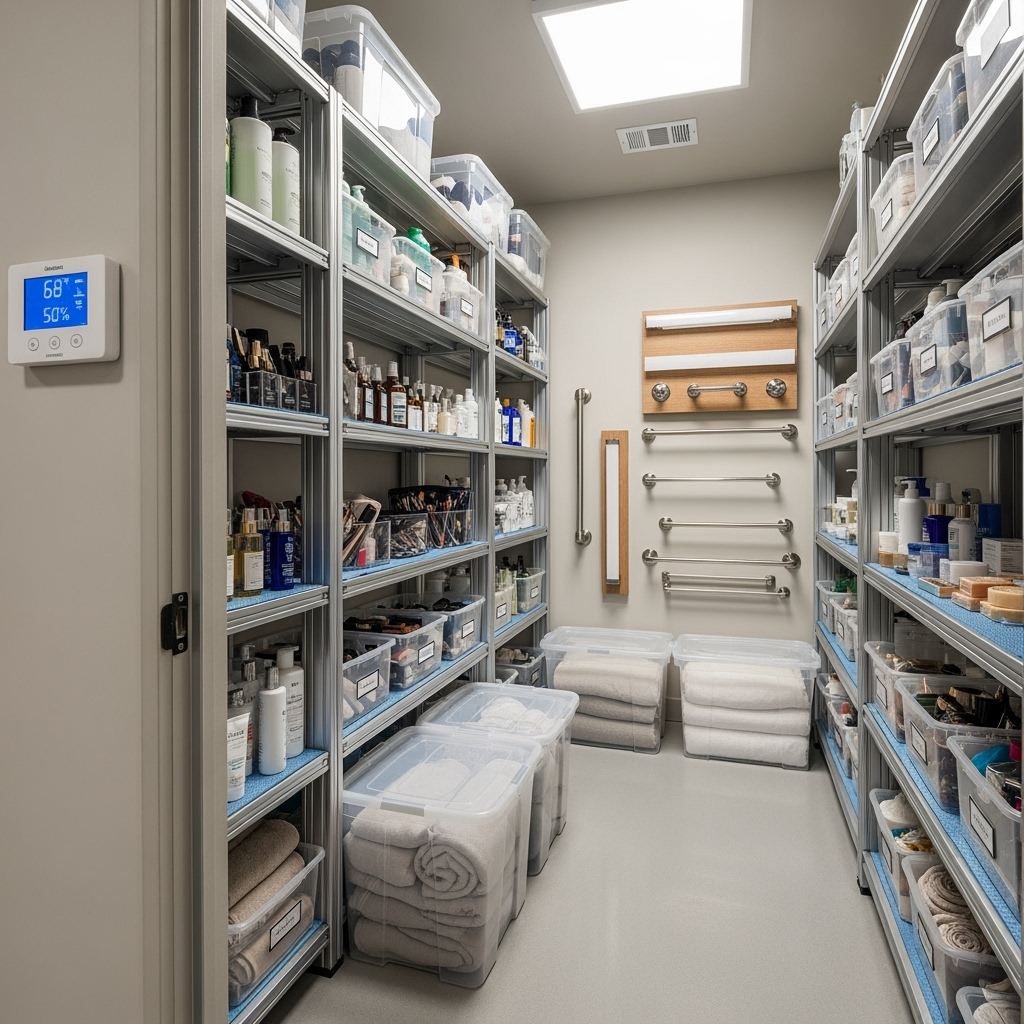
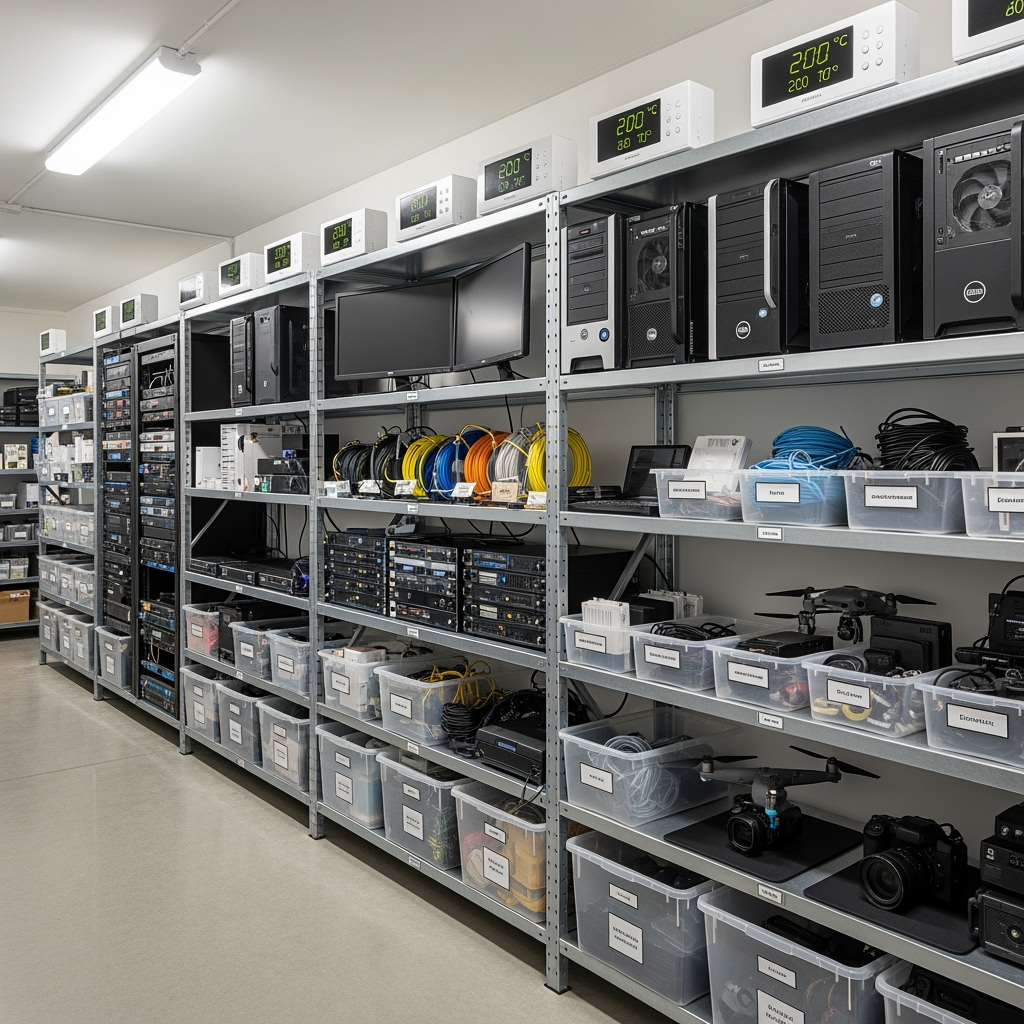
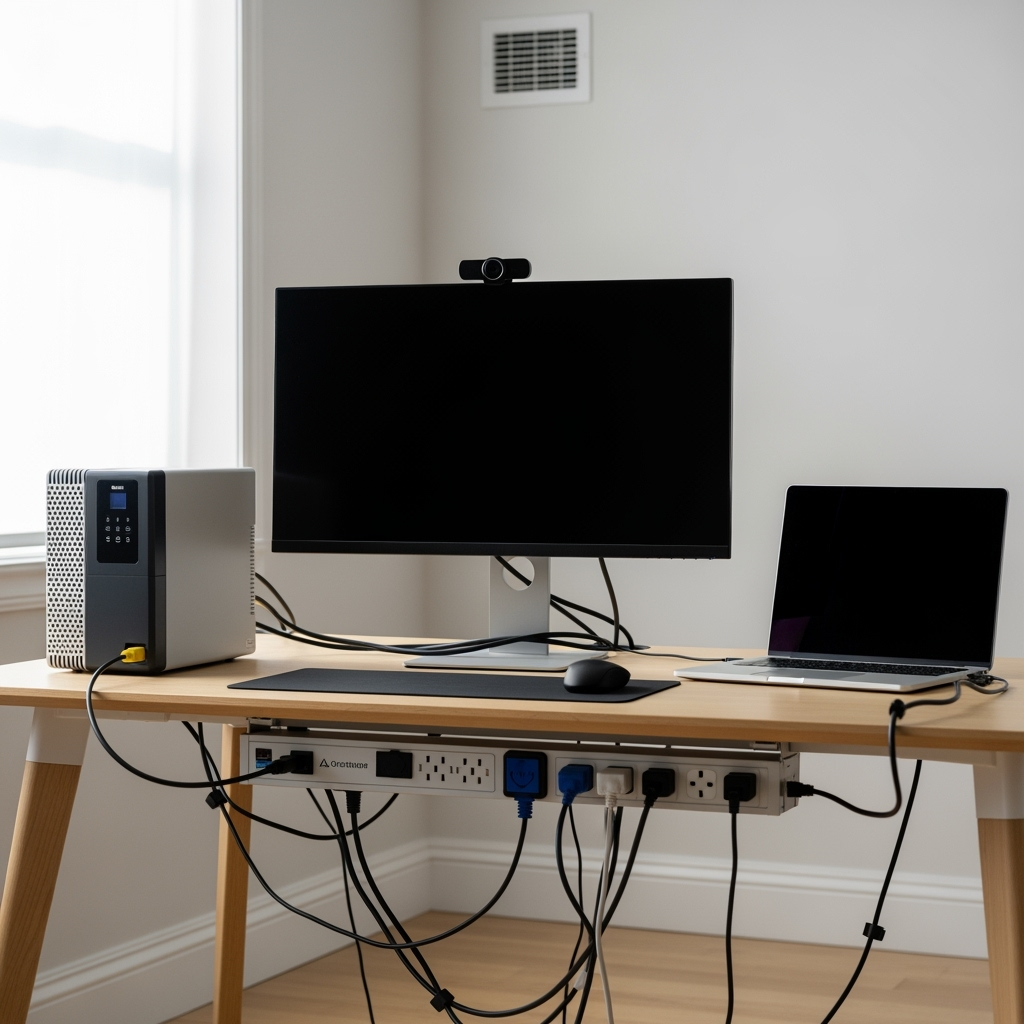
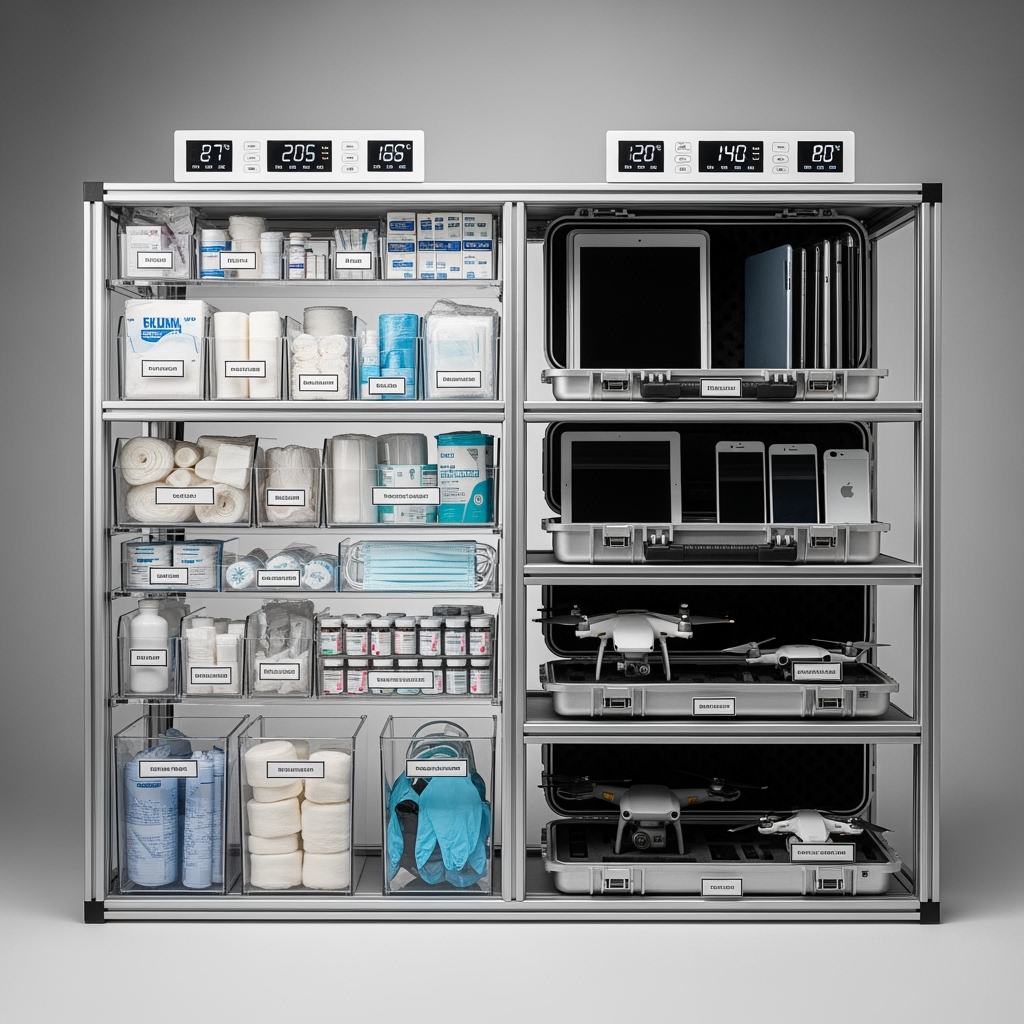
Leave a Reply